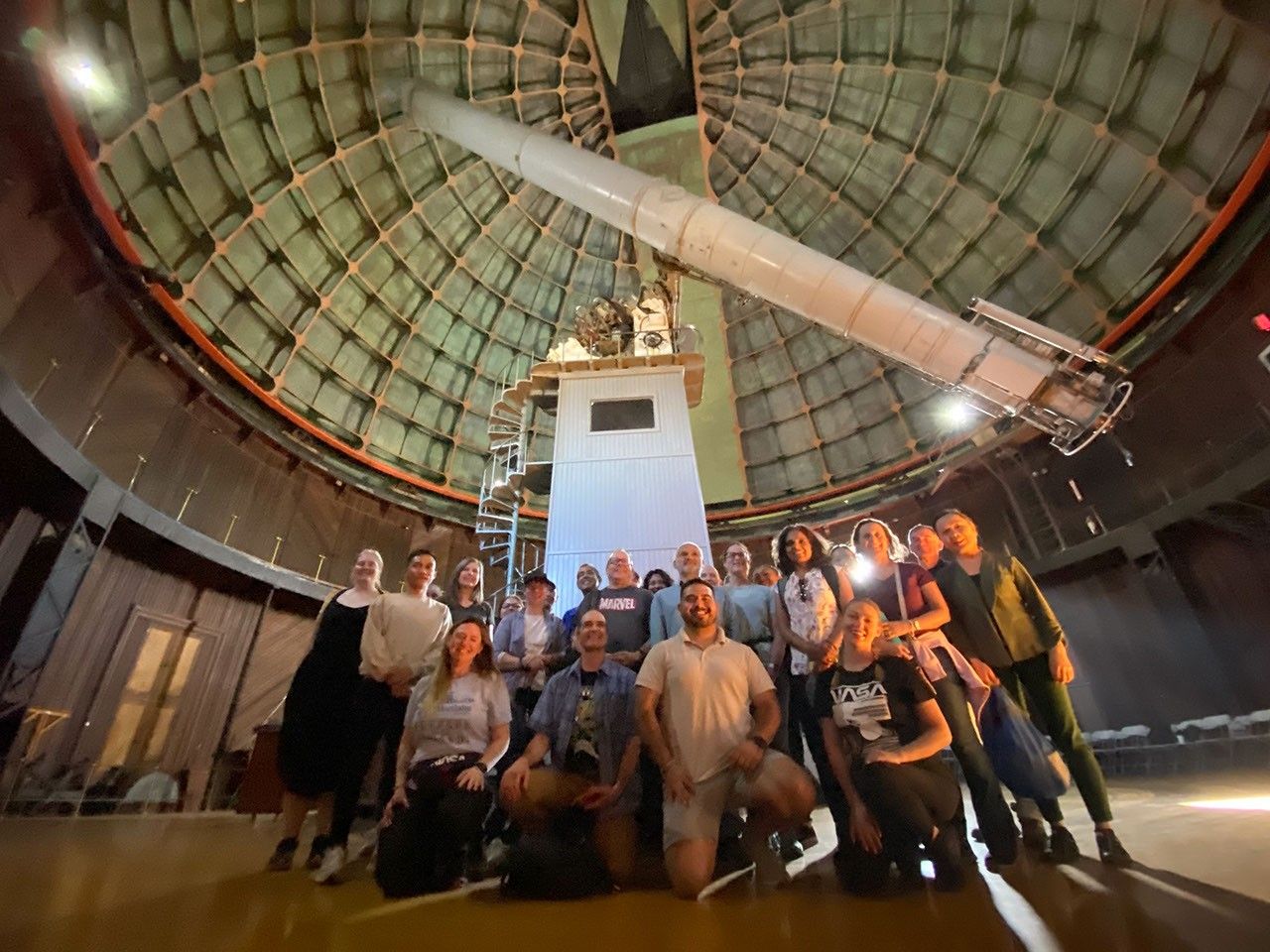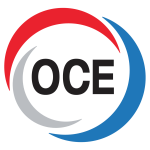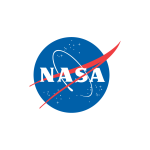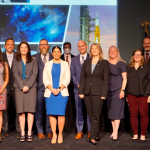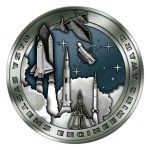The Office of the Chief Engineer provides policy direction, oversight, and assessment for NASA engineering and serves as principal advisor to the Administrator and other senior officials on matters pertaining to the technical readiness and execution of NASA programs and projects. Below are the strategic priorities under the purview of the Office of the Chief Engineer. Click on each tab to learn more about each strategic priority.
Technical Authority
Leadership of Agency Engineering Technical Authority, assurance of checks and balances among key organizations to ensure that decisions have the benefit of different points of view and are not made in isolation.
Technical Authority is an important part of NASA’s Governance that employs checks and balances among key organizations to ensure that decisions have the benefit of different points of view and are not made in isolation. NASA separates the roles for Programmatic and Technical Authorities to provide an organizational structure that emphasizes the Authorities’ shared goal of mission success while taking advantage of the different perspectives each brings.
The Technical Authority process is a part of NASA’s system of checks and balances to provide independent oversight of programs and projects in support of safety and mission success through the selection of specific individuals with delegated levels of authority. Individuals with these formal delegations are Technical Authorities.
Technical Authority (TA) originates with the Administrator and is formally delegated to the NASA AA and then to the NASA Chief Engineer for ETA; the Chief, Safety and Mission Assurance for SMA TA; the Chief Health and Medical Officer for HMTA; and then to the Center Directors. Subsequent delegations down from the Center Director are made to selected individuals at Center organizational levels.
Fundamental Aspects of Technical Authority
- Provide an independent view of program/project activities.
- Ensure direction to the program or project reflects the view of the Center or, where appropriate, the view of the NASA Technical Authority community
- Approve changes to and waivers to all Technical Authority responsible requirements
- The Program/Project Manager remains responsible for the safe conduct and successful outcome of the program/project in conformance with governing requirements.
For further details regarding the origin of TA, role in NASA governance, common TA roles, and how ETA, SMA TA, and HMTA are implemented, refer to:
- NPD 1000.0C – NASA Governance and Strategic Management Handbook
- NPR 7120.5F — NASA Space Flight Program and Project Management Requirements
- NASA Space Flight Program and Project Management Handbook
Independent Assessments
As an Agency-wide resource with a reporting path that is independent of the Mission Directorates, the NESC performs independent assessments of the Agency’s most critical programs/projects.
Click here to go to the NESC website.
Engineering Policy, Standards, and Guidance
The Engineering Policy and Standards function comprises the Standards Program, System Engineering, and Software Engineering.
Standards Program
The NASA Technical Standards Program (NTSP) is sponsored by the NASA Chief Engineer. The Program’s primary mission is to enhance the Agency’s engineering capabilities and promote mission success by supporting NASA participation in the development of voluntary consensus standards and other Government agency standards to meet NASA’s needs and developing NASA technical standards when existing technical standards do not meet or cannot be adapted to meet NASA’s needs (refer to NPR 7120.10, Technical Standards for NASA Programs and Projects). The value of provided technical standards is enhanced by integrating lessons learned, application notes, and the Standards Update Notification System.
Systems Engineering
The NASA HQ Office of Chief Engineer (OCE) maintains responsibility for ownership of the NASA Procedural Requirements (NPR) 7123.1, NASA Systems Engineering Process and Requirements. The purpose of the document is to “clearly articulate and establish the requirements on the implementing organization for performing systems engineering.” Ownership responsibilities include Office of Primary Responsibility (OPR) for Agency-level policy and guidance, in addition to leadership of planned and unplanned revisions.
In addition to the NPR, HQ OCE maintains responsibility for the NASA Systems Engineering Handbook (SP-6105), which provides process guidance and best practices
Mission Resilience and Protection Program
Formerly known as Space Asset Protection.
The Mission Resilience and Protection Program (MRPP) supports the NASA Chief Engineer in protecting NASA’s civil space systems (and associated support infrastructure/capabilities) from malicious or intentional acts.
The space environment is increasingly competitive, congested, and contested. Since the beginning of the space age, the number of active space systems continues to rise quickly. More nation-states are actively deploying new space systems, and the commercial space industry is deploying even more. The benefits of these space-based capabilities are widespread, as is dependence on their success. Any denial, disruption, or destruction of these space capabilities can have significant impacts to nation-states, industry, and individuals. U.S. National Space policy and related guidance prioritizes efforts to safeguard U.S.-sourced space systems from harm.
The Mission Resilience and Protection Program (MRPP) supports the NASA Chief Engineer in protecting NASA’s civil space systems (and associated support infrastructure/capabilities) from malicious or intentional acts. The MRPP provides support to NASA’s spaceflight missions in identifying and implementing various protection measures to withstand or recover from adverse conditions such as intrusion, subversion, disruption, degradation or destruction from environmental or malicious causes. Threats posing risk to individual spaceflight missions are identified as early as possible, with mitigations integrated with the mission design and operations model. NASA missions benefit from carefully selected protection measures that enhance the mission’s opportunity to avoid impacts from malicious or careless acts.
NASA Technical Standard NASA-STD-1006A, Space System Protection Standard, establishes Agency-level protection requirements to ensure NASA missions are resilient to threats and is applicable to all NASA programs and projects.
NASA employees and contractors seeking more information about the Mission Resilience and Protection Program should visit https://nen.nasa.gov/web/sap (NASA Internal)
Academy for Program/Project and Engineering Leadership (APPEL) Knowledge Services
Ensure NASA’s technical workforce has the skills and knowledge needed to advance mission success through formal training, knowledge-sharing initiatives, professional development, and strategic communications activities.
Click here to go to the APPEL website.
Engineering Advancements
Developments for the engineering disciplines including activities such as Digital Engineering, NASA Engineering Network, Engineering Advancement (formerly Engineering Research & Analysis), and assessment/improvement of tool development.










